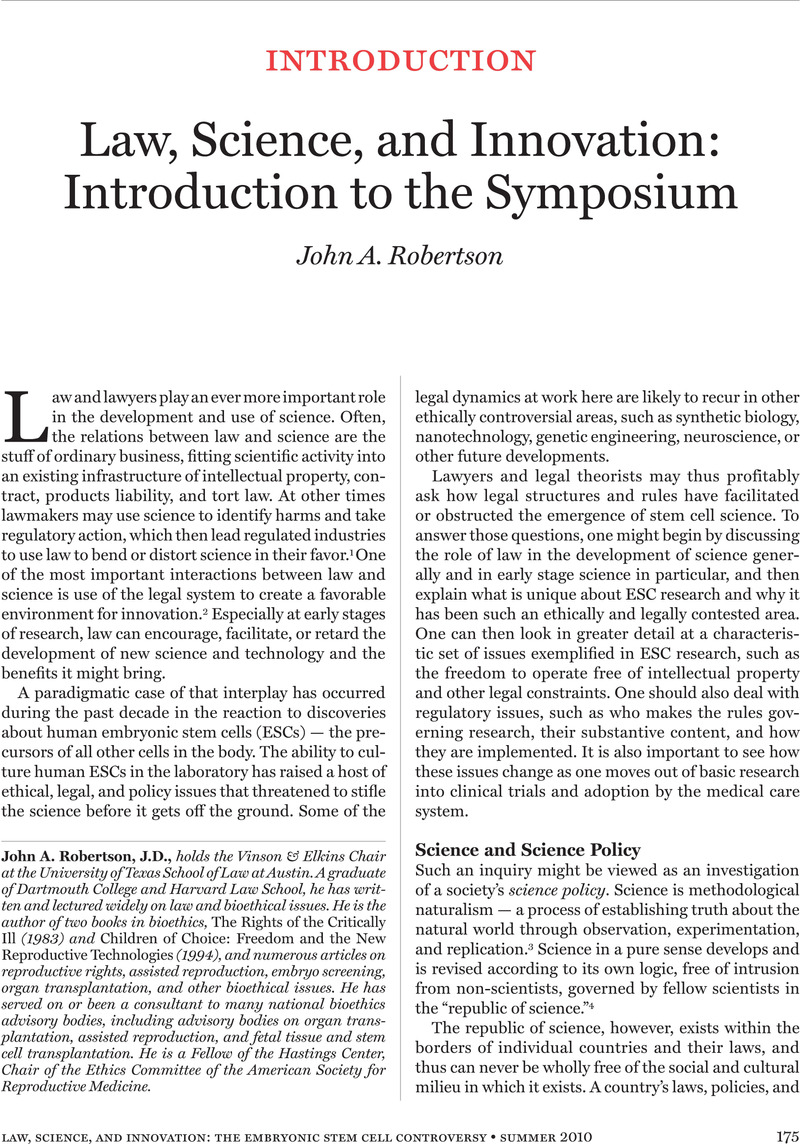Crossref Citations
This article has been cited by the following publications. This list is generated based on data provided by Crossref.
Power, Carl
and
Rasko, John E.J.
2011.
Will Cell Reprogramming Resolve the Embryonic Stem Cell Controversy? A Narrative Review.
Annals of Internal Medicine,
Vol. 155,
Issue. 2,
p.
114.



